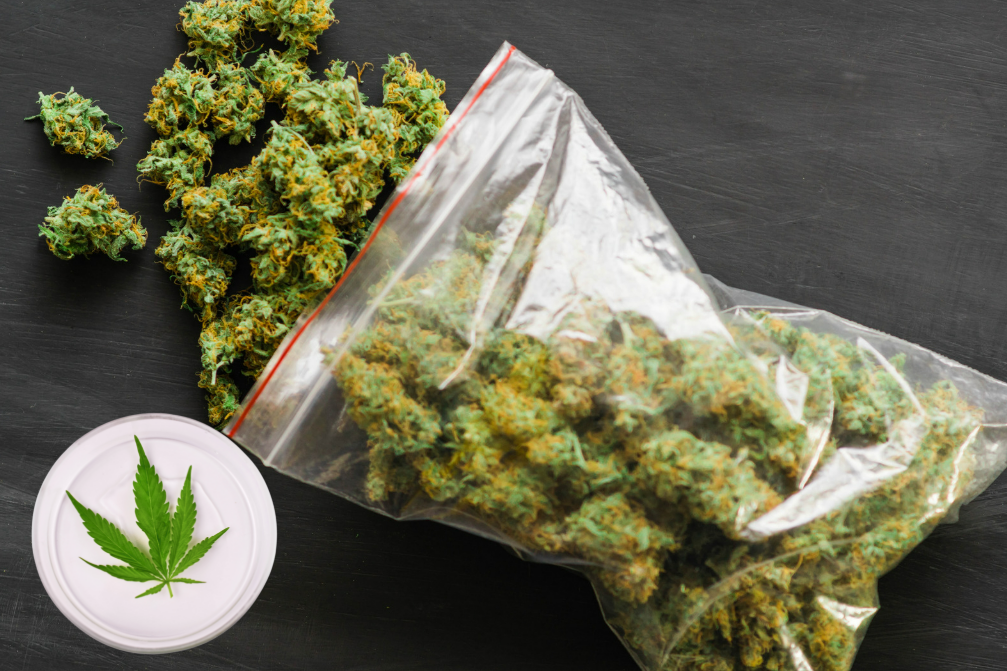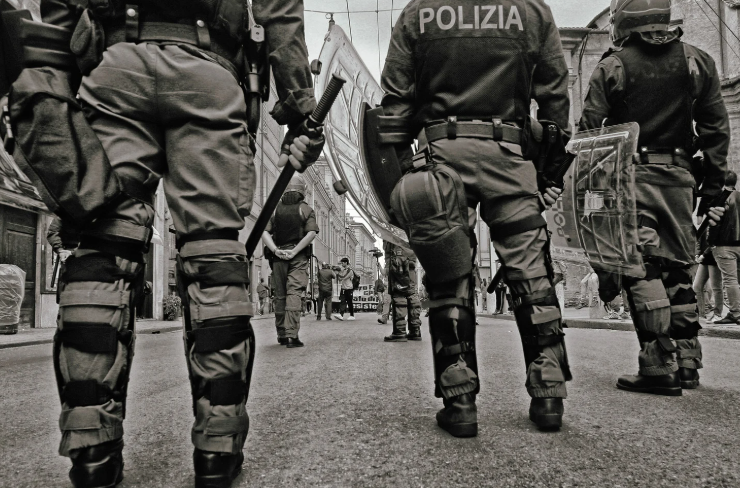Liability in Slip and Fall Cases

Liability in Slip and Fall Cases
If you were injured in a slip and fall and someone else is to blame, you can file a personal injury lawsuit and get paid. Filing the claim is one thing; getting the settlement is another. You’ll need guidance and an attorney to help with liability, which can be tricky for slip-and-fall cases.
What Is Liability in Slip and Fall Personal Injury Cases?
“Liability is the person or entity that caused your fall. Depending on what happened, it could be the property owner, manager or anyone else,” says personal injury attorney Daniel Libbey of Libbey Law Offices, LLC. Before we get into the different types of liability, you need to know how to prove it. Remember, it’s your job to provide evidence and substantiate your claim. Also, you must do this by a preponderance of the evidence. This standard of proof is slightly lower than criminal cases because it only requires you to prove that your version of events is slightly true.
What You Must Prove
Under personal injury law, the property owner or occupier has a duty of care to make their premises safe for visitors. The level of duty varies depending on the type of visitor. Invitees have the highest duty of care, which means the owner must inspect and maintain safe conditions. Licensees have a duty to warn of potential hazards. Trespassers have the lowest duty of care, where the owner has no responsibility except not to cause willful harm.
Then you must show the property owner or occupier failed to keep you safe, otherwise known as breach of duty, as they are required by law. This can be by not fixing a dangerous condition or warning of a potential hazard. They should have known or knew of the actual hazard.
Next, you must connect the hazard to your injury, this is called causation. Finally, you must show that you sustained actual damages through physical and emotional losses like medical bills, lost wages, pain and suffering, etc.
Different Theories of Liability
Most slip and fall cases fall under premises liability, which holds property owners and occupiers responsible for maintaining safe conditions. To win under this theory, you must show that the defendant knew of the hazard and failed to do something about it.
Alaska is a pure comparative negligence state, which means you can recover damages even if you are partially to blame for your own injury, this is referred to as shared liability But your percentage of the settlement will be reduced by your percentage of fault. So if you were 40% at fault, your winnings would be reduced by 40%.
The defendant may file a third-party complaint which is a legal action that brings in another party to the lawsuit. For example, if the store where you fell on unmarked wet floors has a cleaning company, it was these employees who failed to put up signs. If their contract has an indemnity clause, the cleaning company may be responsible for paying the store for all the damages they paid you and the court costs they incurred in defending your claim.
Bottom Line
By now, you should get the idea of liability in slip and fall cases. It’s more complicated than you think, and that’s why you’ll always be better off when you work with a personal injury attorney. The good news is you won’t have to pay anything upfront because most legal professionals in the personal injury industry work on a contingency basis. That means they only get paid when they secure a settlement or win the case, automatically motivating them to fight tooth and nail to the end.

Related Items:





